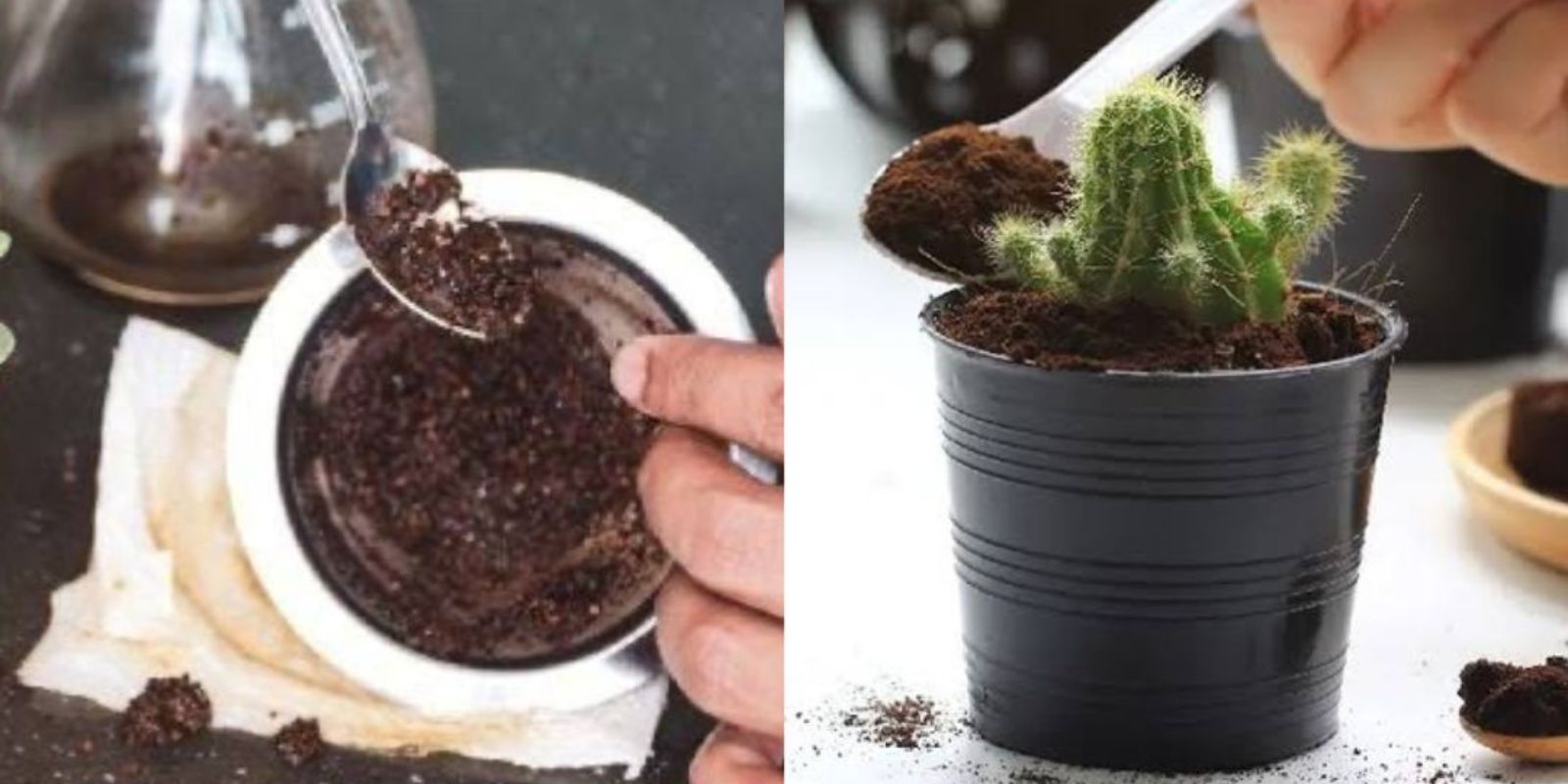Gardening is more than just a hobby—it’s a connection to nature and a pursuit of beauty. Imagine stepping into a garden so lush, vibrant, and thriving that it leaves everyone asking for your secret. What if you could achieve this without breaking the bank or relying on chemical fertilizers? The answer lies in a simple, eco-friendly, and powerful natural fertilizer made from everyday kitchen scraps.
In this article, we’ll explore the benefits, the process, and the science behind creating a natural fertilizer that will make your plants healthier than ever. By the end, you’ll have all the tools you need to transform your garden into the envy of the neighborhood.
Why Natural Fertilizers?
Natural fertilizers offer several advantages over their chemical counterparts:
- Environmentally Friendly: They are biodegradable, sustainable, and leave no harmful residues in the soil or water.
- Cost-Effective: Made from kitchen scraps, they turn waste into a valuable resource.
- Nutrient-Rich: Organic materials release nutrients slowly, ensuring long-term soil fertility.
- Safe for Plants and People: There’s no risk of over-fertilizing, and they’re safe for children, pets, and beneficial garden insects.
Key Ingredients for the Perfect Natural Fertilizer
Here’s a list of common kitchen scraps you can use:
- Banana Peels: Packed with potassium and phosphorus, essential for flowering and fruiting.
- Eggshells: Rich in calcium, which strengthens plant cell walls.
- Coffee Grounds: A great source of nitrogen for leafy growth.
- Vegetable Peels: Provide a range of micronutrients.
- Used Tea Bags: Contain tannic acid, which helps improve soil texture.
How to Make the Fertilizer
Follow these simple steps to create your own natural fertilizer:
1. Collect Organic Kitchen Scraps
Save banana peels, eggshells, coffee grounds, and vegetable peels. Avoid using dairy, meat, or oily foods, as these can attract pests and produce unpleasant odors.
2. Blend the Ingredients
Place your scraps in a blender, add water, and blend until smooth. This step helps break down the materials, making it easier for plants to absorb the nutrients.
3. Ferment the Mixture
Pour the blended mixture into a jar or container and let it ferment for 24 to 48 hours in a warm place. Fermentation increases the bioavailability of nutrients by breaking them down further.
4. Dilute the Solution
Before applying to your plants, dilute the fermented mix with water in a 1:4 ratio (1 part fertilizer to 4 parts water). This ensures you don’t overwhelm the plants with too much nutrient concentration.
5. Apply to Plants
Pour the diluted solution around the base of your plants, ensuring the fertilizer reaches the roots. Use this fertilizer every two weeks for best results.
The Science Behind the Ingredients
Each ingredient plays a crucial role in nourishing your plants:
- Banana Peels: Potassium enhances root development and helps plants resist disease, while phosphorus supports flowering and fruiting.
- Eggshells: Calcium prevents issues like blossom end rot in tomatoes and peppers.
- Coffee Grounds: Nitrogen is vital for photosynthesis and overall growth.
- Vegetable Peels: Contain trace elements like magnesium and zinc that are essential for plant metabolism.
- Tea Bags: Improve soil acidity, which is beneficial for acid-loving plants like roses and blueberries.
Tips for Using Natural Fertilizers
- Test the Soil: Conduct a soil test to determine its pH and nutrient levels, ensuring your fertilizer complements the soil’s needs.
- Target Specific Plants: Use the fertilizer on plants that benefit most from the nutrients in your mix. For example, coffee grounds are great for leafy greens, while banana peels work wonders for flowering plants.
- Compost the Leftovers: Any leftover scraps can be added to your compost pile for an additional nutrient boost.
Why Your Neighbors Will Be Jealous
Using this natural fertilizer consistently will yield noticeable results:
- Healthier Plants: Vibrant foliage, abundant blooms, and stronger stems.
- Better Soil: Improved texture, moisture retention, and microbial activity.
- Eco-Friendly Gardening: A sustainable approach that reduces waste and promotes biodiversity.
Imagine your neighbors marveling at the lush greenery and vibrant flowers in your garden while you confidently share your eco-friendly secret.
Common Mistakes to Avoid
To maximize the effectiveness of your natural fertilizer, avoid these common pitfalls:
- Overapplication: Even natural fertilizers can harm plants if used excessively. Stick to the recommended biweekly schedule.
- Using the Wrong Scraps: Avoid using salty, greasy, or processed food scraps, as these can harm plants.
- Ignoring Pest Control: While the fertilizer boosts plant health, keep an eye out for pests that may still pose a threat.
Real Success Stories
Many gardeners have embraced natural fertilizers with remarkable results. Here’s what some of them have to say:
- “My roses have never bloomed this beautifully! The banana peels made a huge difference.”
- “I saved so much money by switching to homemade fertilizers, and my vegetables taste better than ever.”
- “This method is foolproof! Even my neighbors have started using it.”
Get Started Today
Creating your own natural fertilizer is not just about nourishing your plants—it’s about fostering a deeper connection with nature and promoting sustainability. By turning everyday kitchen scraps into a powerful gardening tool, you’re contributing to a healthier planet and reaping the rewards in your own backyard.
💬 Have you tried this natural fertilizer yet? Share your experiences below! 🌱

